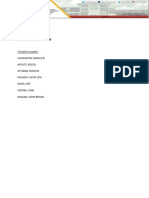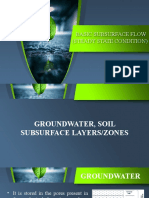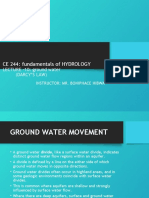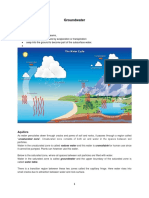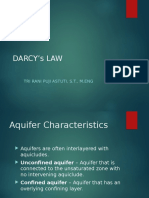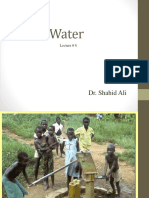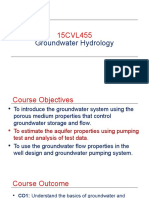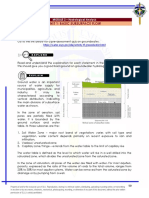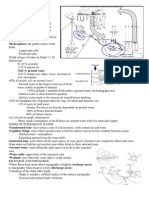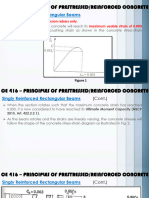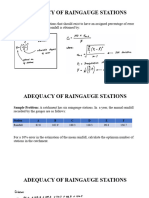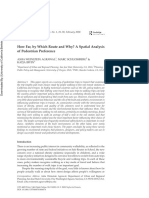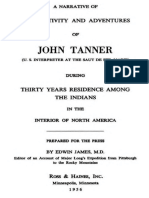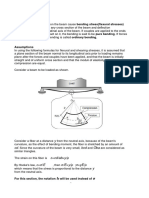0% found this document useful (0 votes)
53 views12 pagesSubsurface Flow
1) Subsurface flow is the movement of water below the earth's surface within geological formations, contributing to the overall water cycle.
2) Water infiltrates the soil and moves laterally and vertically through saturated formations such as aquifers, which easily transmit water, and aquitards, which allow some water movement.
3) Darcy's law describes the velocity of groundwater flow through a porous medium, relating discharge, hydraulic conductivity, cross-sectional area, and hydraulic gradient.
Uploaded by
Sonny Mae TuboCopyright
© © All Rights Reserved
We take content rights seriously. If you suspect this is your content, claim it here.
Available Formats
Download as PDF, TXT or read online on Scribd
0% found this document useful (0 votes)
53 views12 pagesSubsurface Flow
1) Subsurface flow is the movement of water below the earth's surface within geological formations, contributing to the overall water cycle.
2) Water infiltrates the soil and moves laterally and vertically through saturated formations such as aquifers, which easily transmit water, and aquitards, which allow some water movement.
3) Darcy's law describes the velocity of groundwater flow through a porous medium, relating discharge, hydraulic conductivity, cross-sectional area, and hydraulic gradient.
Uploaded by
Sonny Mae TuboCopyright
© © All Rights Reserved
We take content rights seriously. If you suspect this is your content, claim it here.
Available Formats
Download as PDF, TXT or read online on Scribd
/ 12





